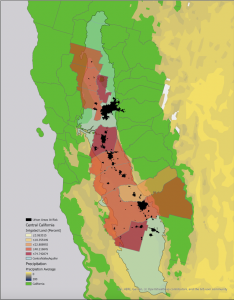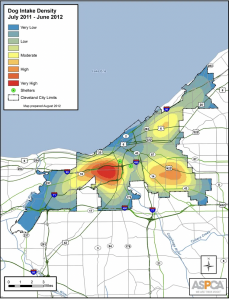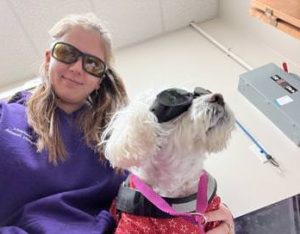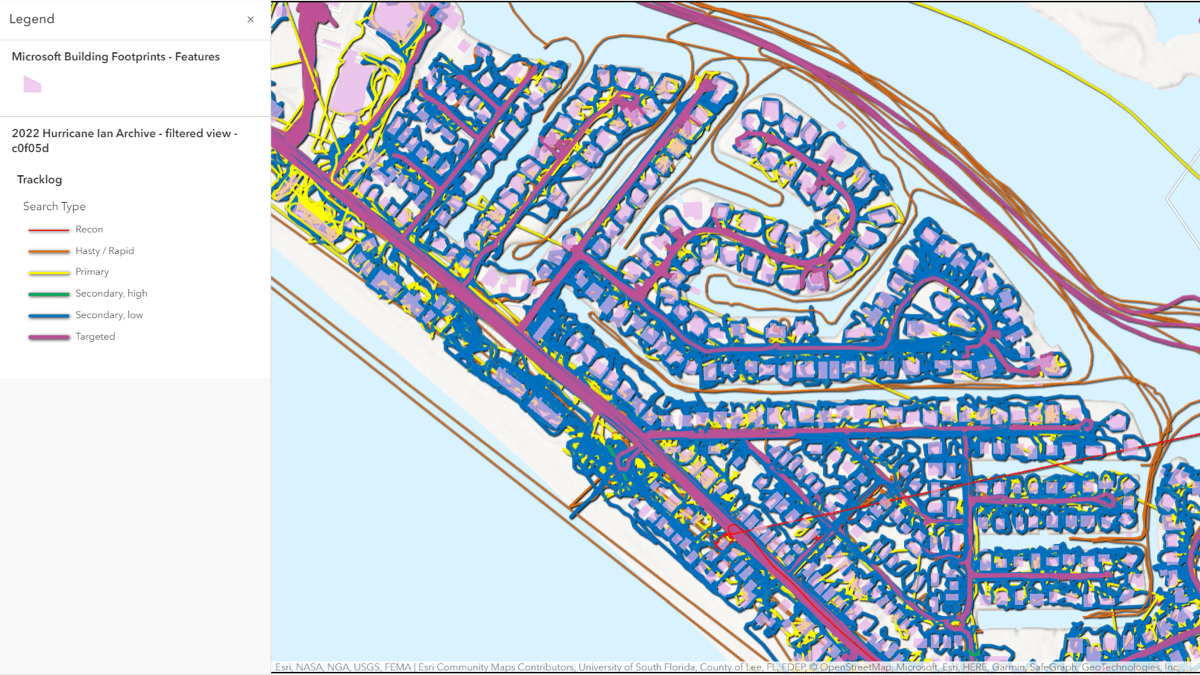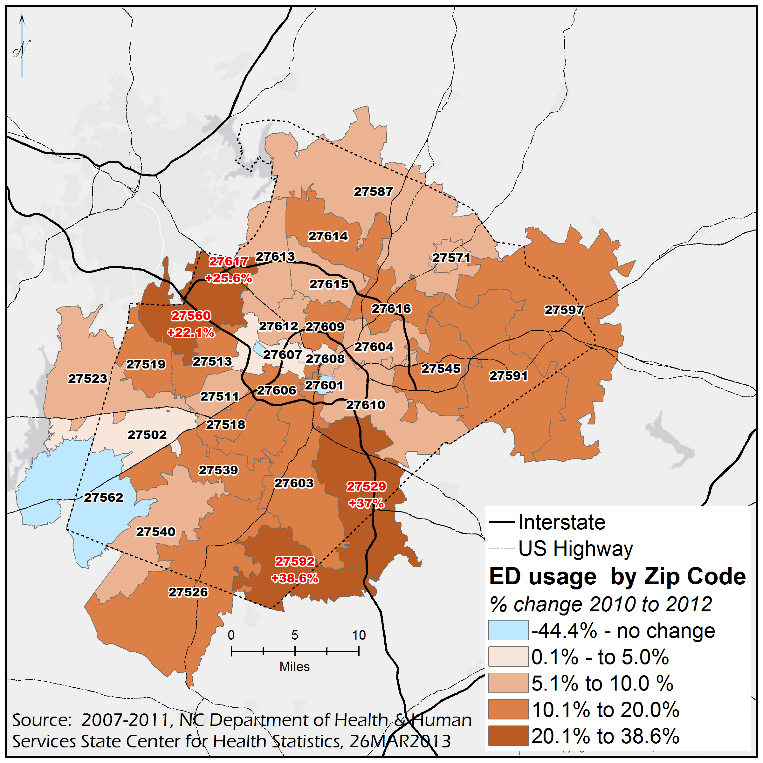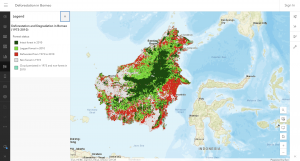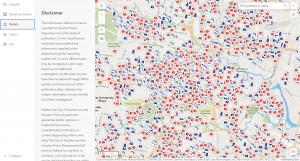Chapter 1:
One of the first things Chapter 1 mentioned was statistics. It can take large amounts of data and summarize it into small segments, for example, geographic analysis. It can help you find unknown values from values that have already been derived. Statistics has not always been used in GIS software until recently, when programs like CrimeStat and Spacestat started coming around. Using spatial statistics can help to find patterns in geographical locations. You can also find where those patterns are located on a map. You can also find if different features can relate to eachother. An example from the book was the relationship between the quality of infant health in relation to the neighborhoods across a country. Infant health may different in different neighborhoods. Chapter 1 also mentions different areas of work, like geostatistics to be able to study air pollution and soil contamination. To be able to start a geographic analysis, you need to know what information you are looking for. To be able to do this, you have to assume that the opposite of your hypothesis is true. After finding the data you want to use, you need to understand it. This means looking for a location and deciphering whether it is dicrete or continuous. Discrete means lines, points or areas. Continous feature are temperature and precipitation. Using summarized data will give you a the data of an entire area, rather than a specific location. There is nominal, ordinal, interval, and ratio data. Nominal data are features of a similar type. Ordinal data is as it says ordered. It can be either from high to low or low to high. Interval data tells you the regular magnitude. Ratio data is the relationship between two quantities. Interval data and ratio data go hand in hand, both being continuous. You will also need to choose a method, and then calculate the statistics. Once you find the significance of the statistics, you will also have to quation the results. An example the book gives is the idea of straight-line distance and the travel time when defining how close these features are to each other.
Chapter 2:
Chapter 2 is the measuring of geographic distributions. You can use GIS to find the center of a statistical distribution. The center is the extent to which featured are clustered or dispersed. The center can change depending on. the direction of the dispersion of the cluster. Sometimes the characteristic you are trying to find may not be apparent, which is when you would calculate a statistic. I liked the example of the crime analyst for comparing the distributions of different features. One way would be mapping the dispersion of auto thefts, assaults, and other thefts to see how the distributions occur. The crime analyst was also used as an example for tracking change. If they want to see the differencei n burgluries during the night and day, they watch the center for a few months for each night and day. There are three kinds of centers. The mean center is when there is no travel to and from the center. A median center is where you need to find the best location for something. It could be a location that is the shortest distance to all other locations, also known as a central feature. A central feature is the shortest total distance from the other features. The center can be found by location alone, or by an attribute value. An unweighted center is use for incidents that occur at a certain place and time. The weighted center is calculated for stationary features. The median and central feature are calculated using the distance between the features in the data set. An outlier can skew the mean or median centers. The less features there are, the more an outlier could skew. “The standard distance measures the extent to which the distances between the mean center and the features vary from the average distance”(42).
Chapter 3:
Chapter 3 helps to identify patterns. Two ways to identify patterns is either by displaying the features or values on a map or using statistics to measure the extent of the clusters. The results would be tested to calculate the probability that the pattern did not happen by chance. Using the statistics method is more accurate. Local statistics can help find hotspots in a global statistic, however, sometimes global and local do not agree. Quadrat analysis is used when there is no direct interaction between features. The nearest neighbor index measures where the nearest neighborhood is to a feature, and then calculates the average. I feel that would be good for real estate when they are trying to sell houses and computing the nearest town to a neighborhood. The quadrat analysis measure the density of features, but not the proximity or arrangement between them. Two tests used to test the results of the quadrat analysis is the Kolmogorov-Smirnov Test and the Chi-square test. The Kolmogorov-Smirnov test calculates the proportions of quads for each line in a frequency table, as well as, the running cumulative total of the proportions. The chi-square is used to find the difference between two sets of frequencies.
In all, I think chaoter 3 was the most interesting. I have taken a statistics class in the past and this chapter made the most sense.

